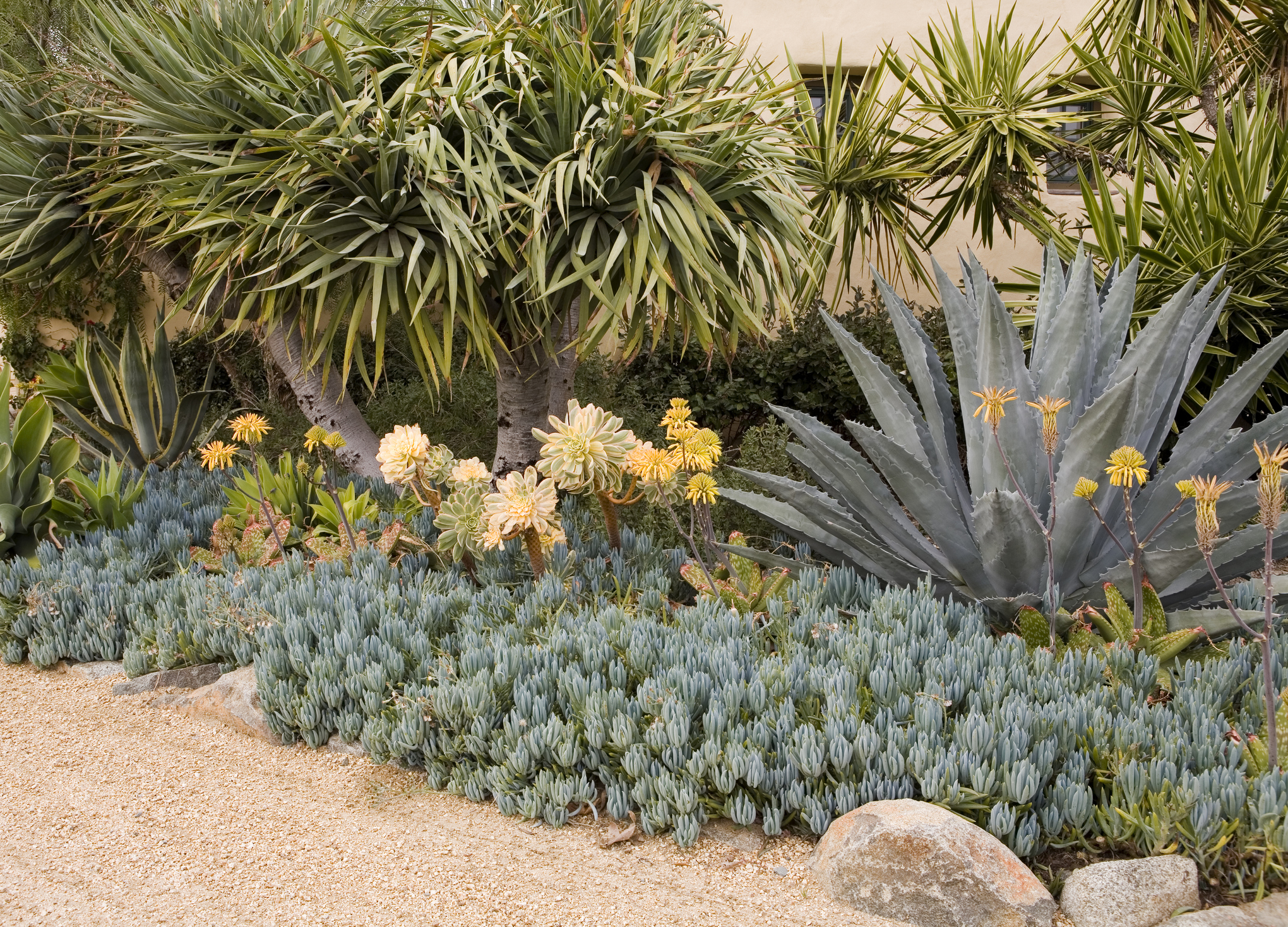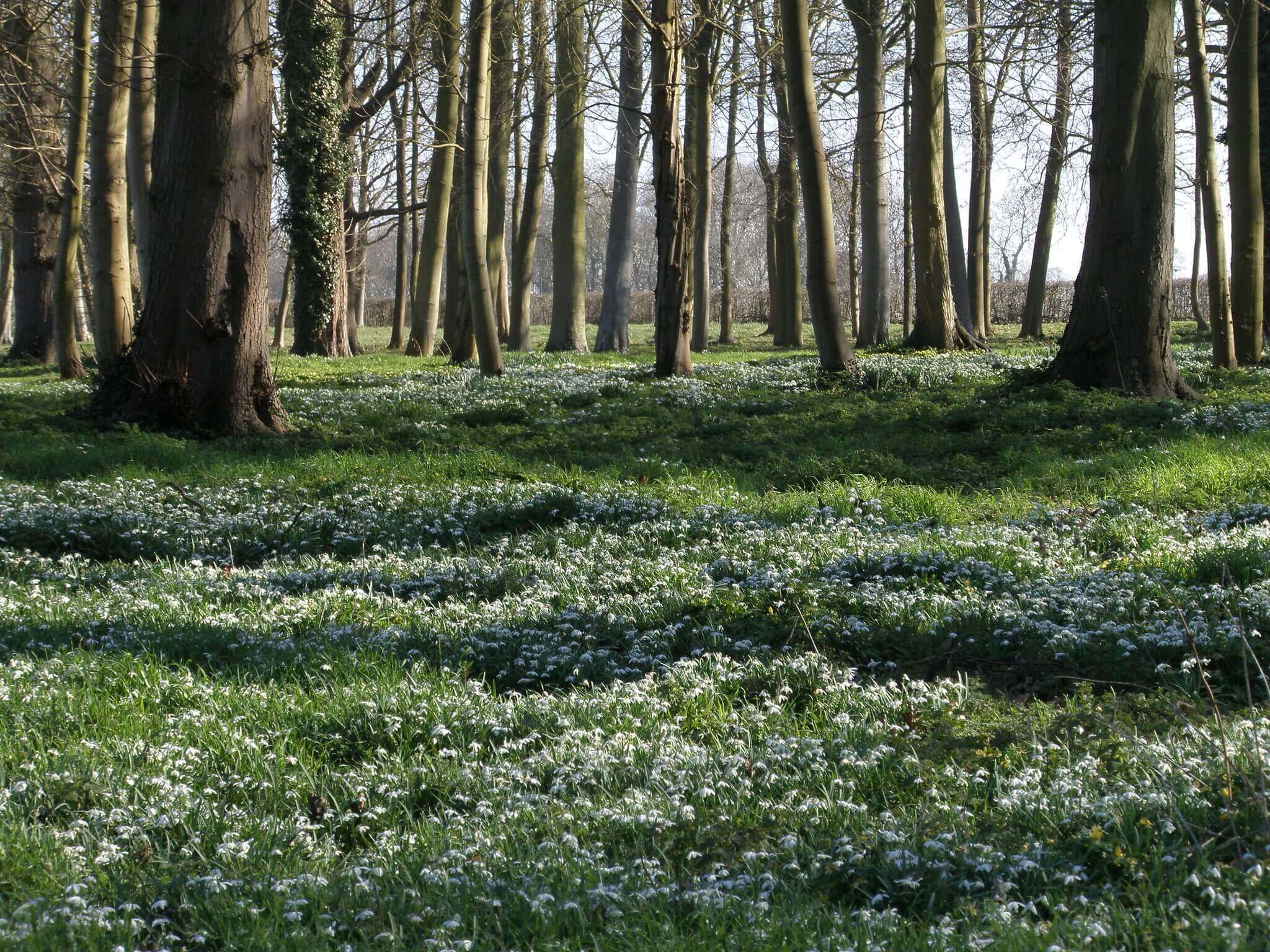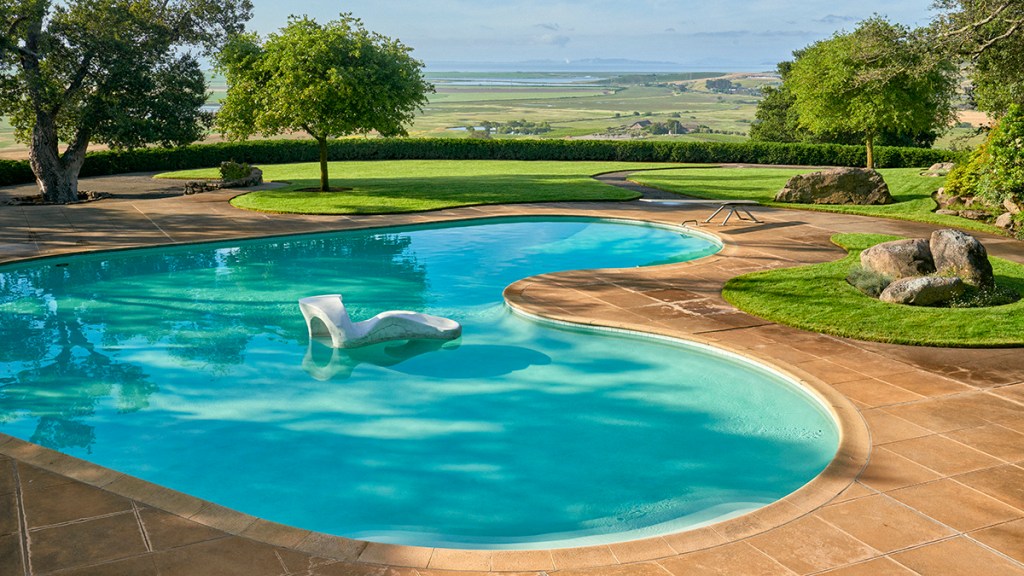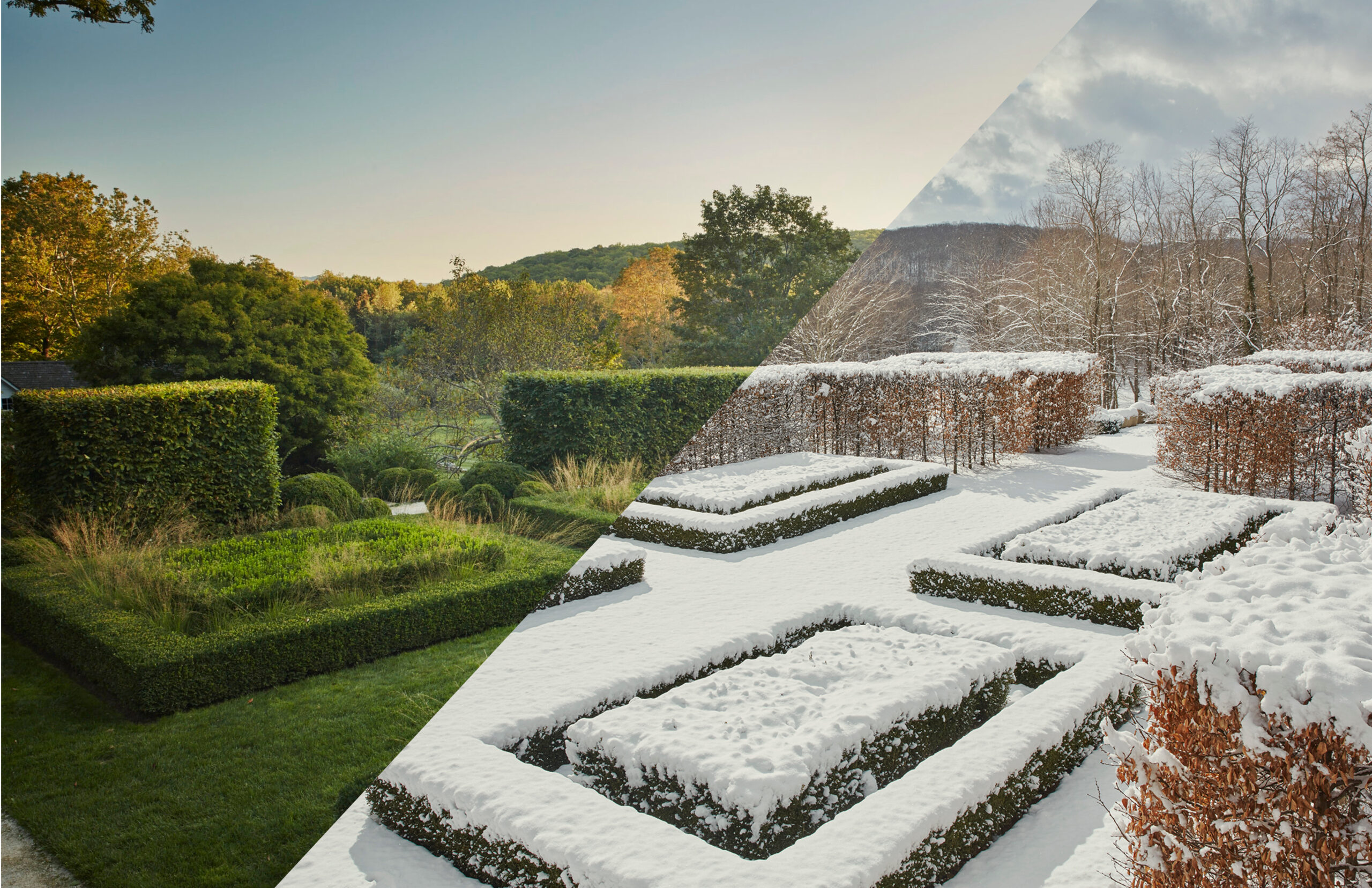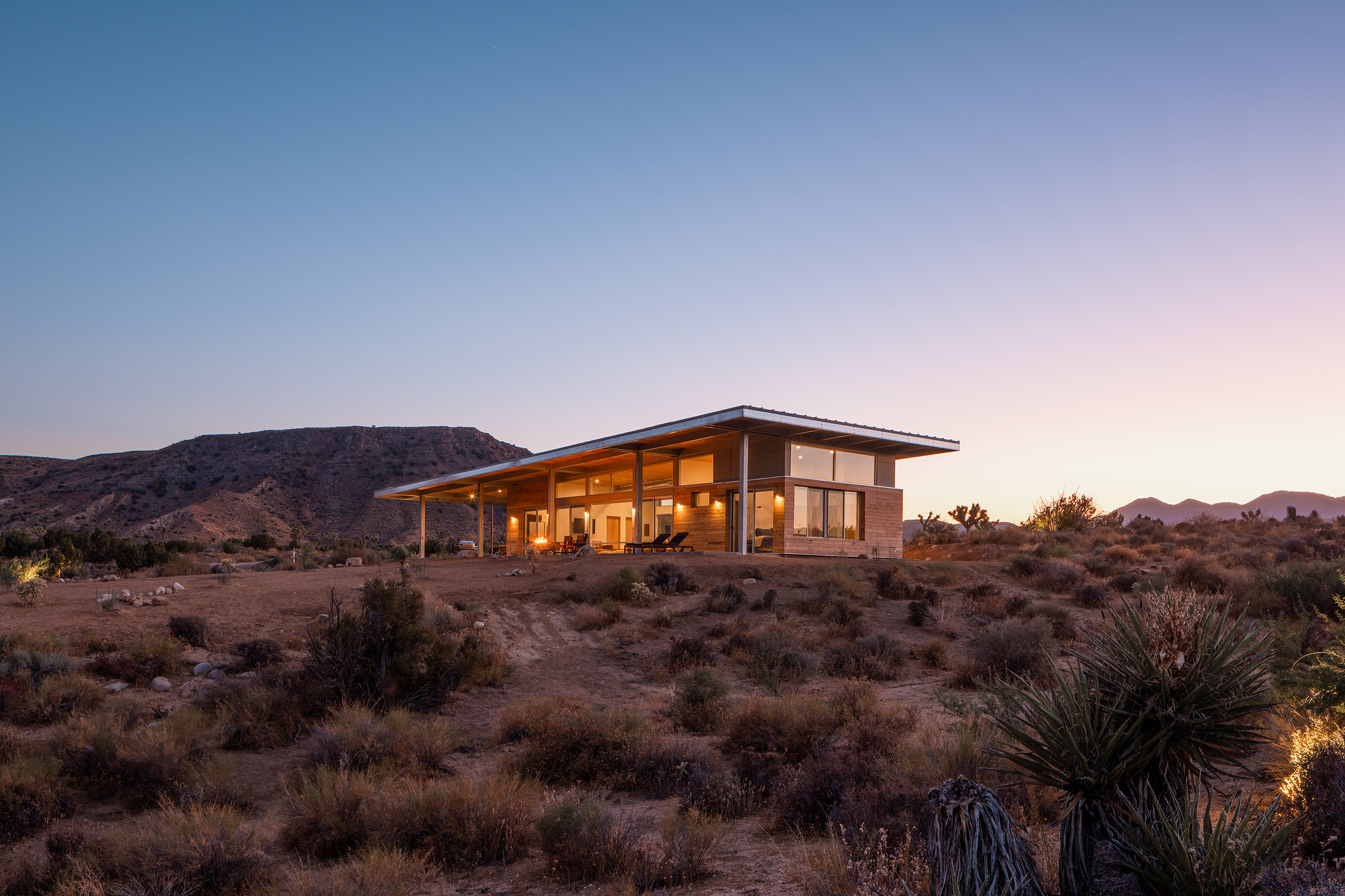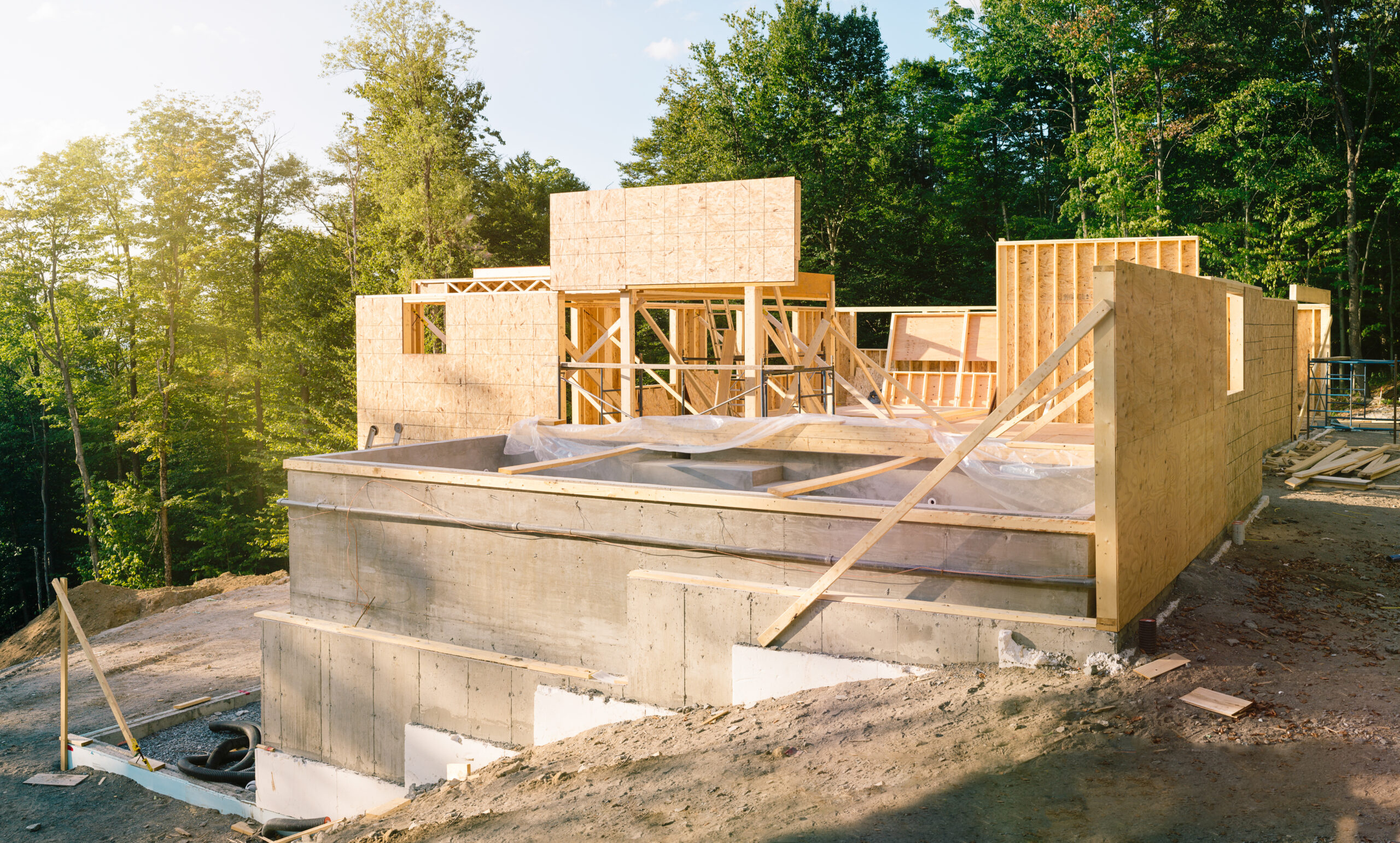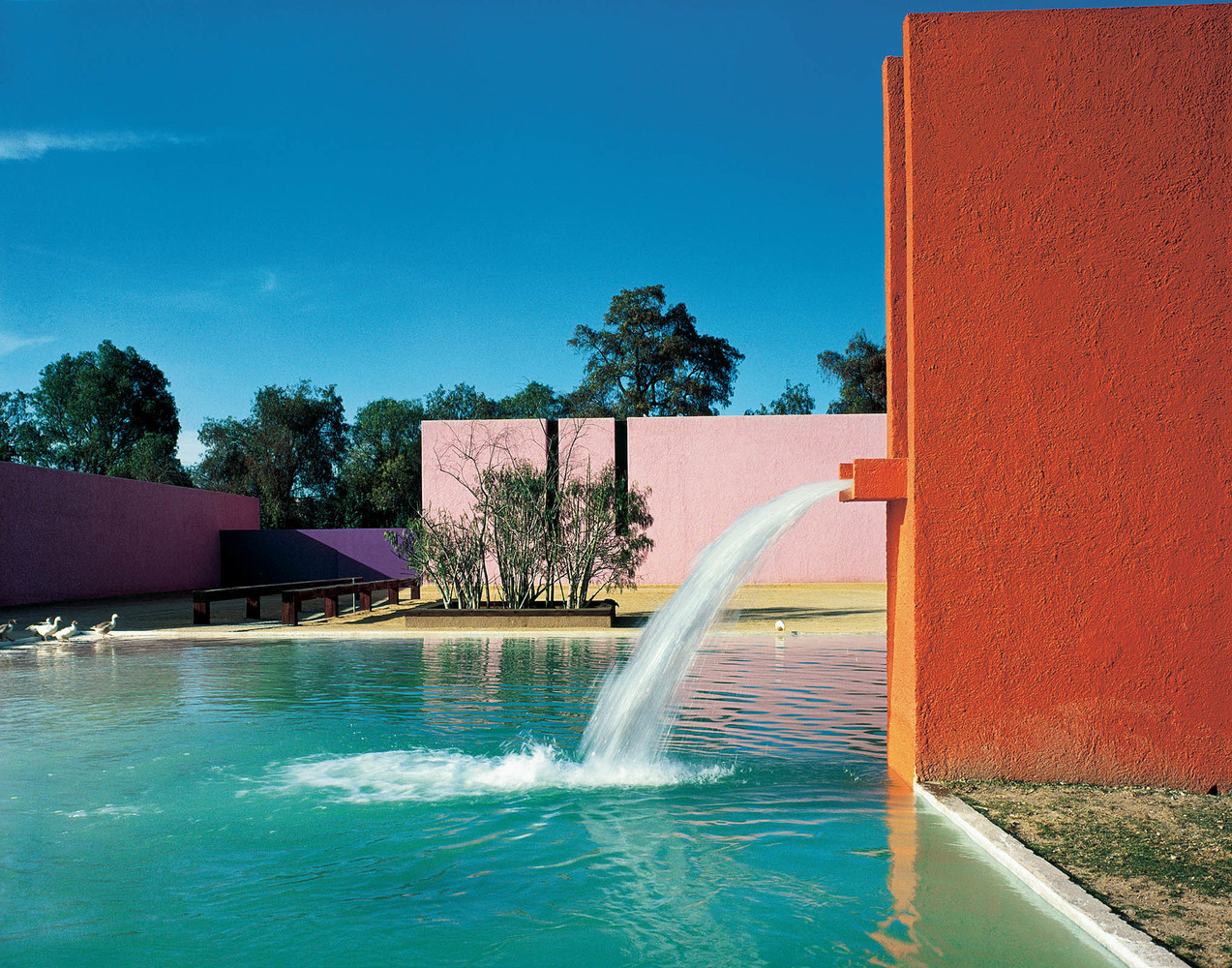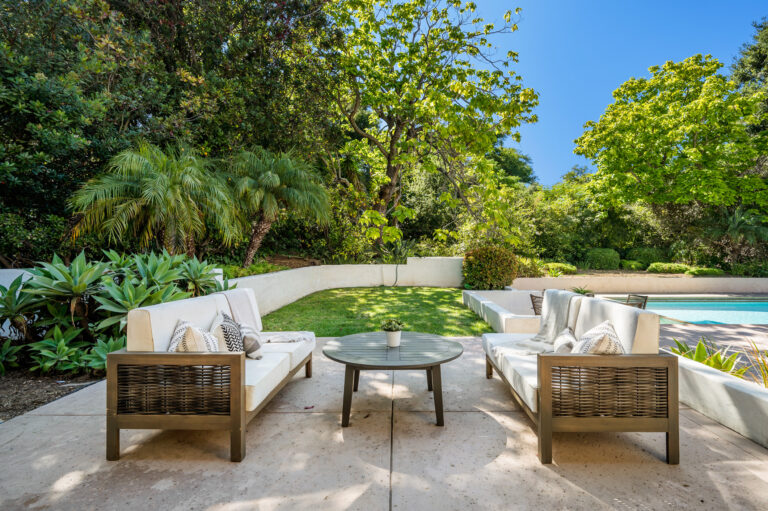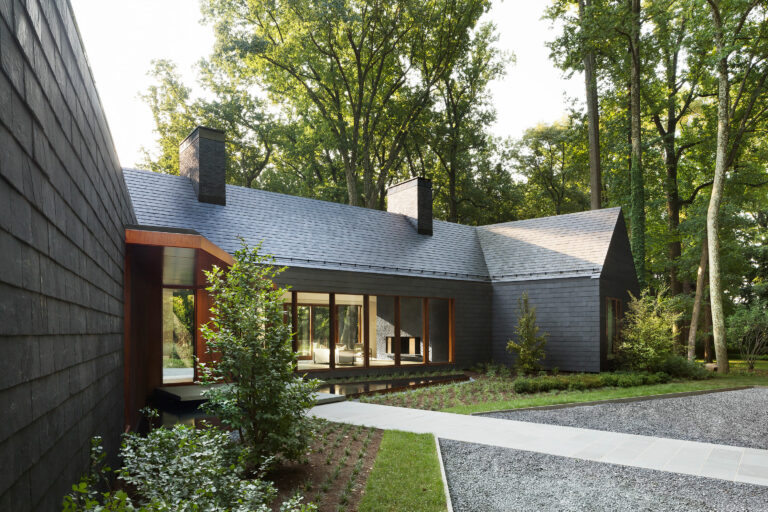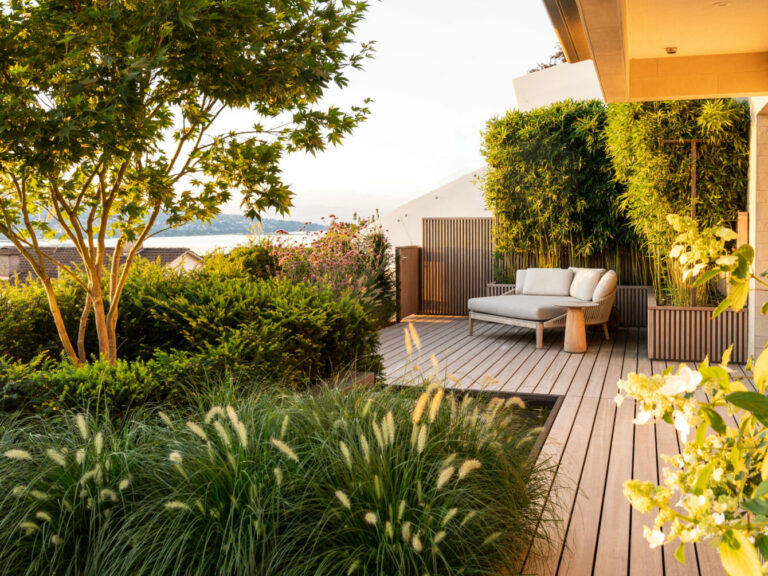In an era marked by bustling schedules and an increasing emphasis on sustainable living, the concept of low maintenance gardens has emerged as a beacon of practicality and environmental consciousness.
A low maintenance garden, often referred to as a “no-fuss garden” or “easy-care landscape,” is precisely what its name suggests – a carefully curated outdoor space designed to thrive with minimal effort and resources.
However, behind its seemingly effortless charm lies a thoughtful combination of strategic planning, efficient design, and ecological mindfulness.
In this article, explore the key steps and principles involved in initiating a low-maintenance landscape project.
What is a Low Maintenance Landscape?
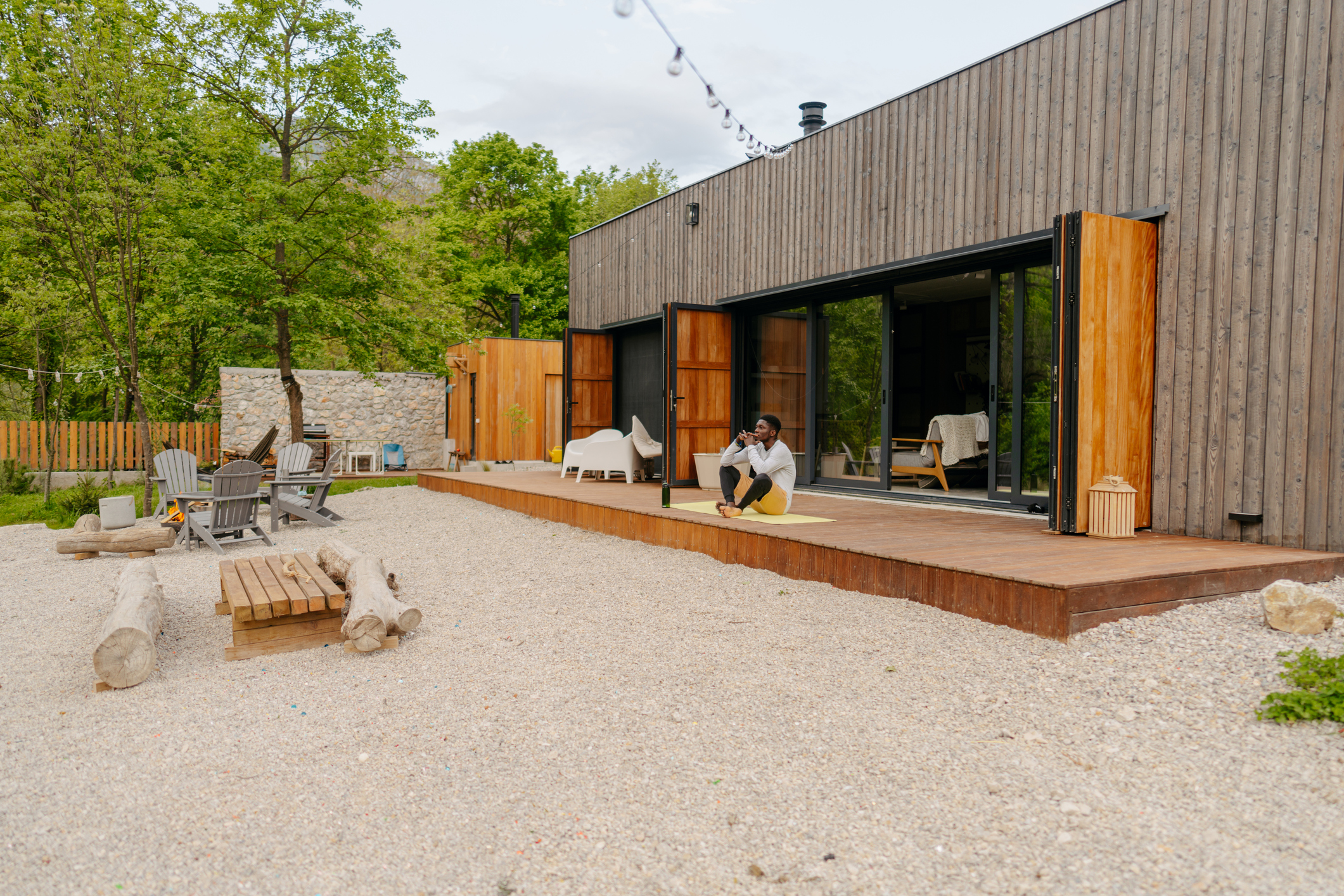
A low maintenance landscape refers to a garden or outdoor space which is designed to require minimal upkeep, reducing the need for regular watering, pruning, weeding, and other maintenance tasks like mowing.
This type of landscape typically features plants, materials, and design elements that are well-suited to the local climate and soil conditions, allowing them to thrive with minimal intervention.
Additionally, a low maintenance garden is one that focuses on simple gardening practices and a design that allows for easy plant growth. At its core, a low maintenance garden is built upon the principles of sustainability and resource efficiency.
Unlike traditional landscapes, which may feature large lawn areas, no maintenance landscapes are crafted to be self-sustaining ecosystems, striking a harmonious balance between natural beauty and practicality.
These types of gardens are a great option for busy people who want to have a garden but don’t have the time or experience to tend to a traditional full-blown landscape.
However, it’s important to note that a garden can never be completely low maintenance. There will always be some work involved in keeping your yard looking its best, but you can reduce the amount of gardening work you need to do by incorporating certain design elements and choosing easy to grow plants.
The most important aspect of a low maintenance garden is the choice of plants that require less care. For example, choosing perennial plants that come back year after year instead of annuals will reduce the amount of planting you need to do each year. Also, selecting drought tolerant or native plants will help you save water and fertilizer and will make your landscaping more environmentally friendly.
SHOP LANDSCAPE ARCHITECTURE BOOKS
What Do Low Maintenance Landscapes Look Like?
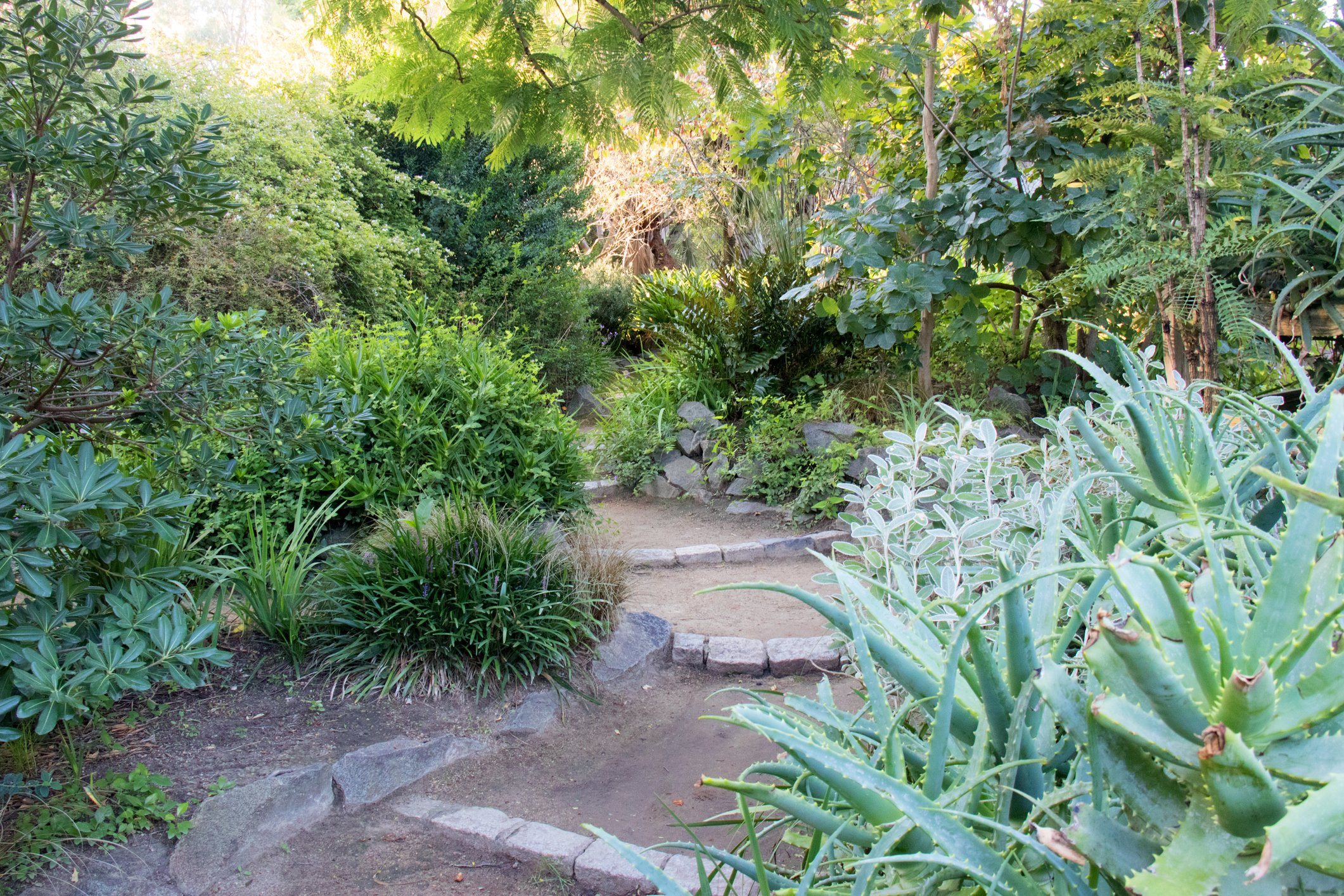
Many people adore the idea of a garden, but can’t spare the time to keep on top of maintenance. Fortunately, there are ways of getting the look without all the hard work.
Using a mix of native shrubs, grasses and flowering perennials gives you the look you want while allowing plants to thrive in their natural habitat. This is great for low maintenance gardens because native plants are well-adapted to your local climate and will require very little extra care once established.
You can also reduce weeding by opting for hardy shrubs and hedges that will not need trimming once established. Choosing plants that are naturally tough, organic and wild allows you to create a rambling, natural-looking garden without the need for regular maintenance.
If you have a lot of lawn space, consider replacing it with a more drought-tolerant and wildlife-friendly meadow garden, a prairie garden or even a rock garden. Meadow flowers such as meadowsweet, ox-eye daisies and self-sowing poppies are easy to grow and can create an attractive, low maintenance floral display that will attract wild birds and insects.
However, before you begin a project, consider performing a soil test. A soil test will tell you what nutrients your garden needs to keep it healthy and low maintenance. Adding compost and other organic matter will encourage beneficial soil microbes and help to reduce weed growth. Alternatively, use mulches to create a similar effect.
Check out this article on “The Benefits of Soil Testing”.
While low maintenance gardens can look very different from region to region, a weed or two won’t spoil the look of a wildflower-filled meadow or a seating area surrounded by exuberant plantings.
The look of low maintenance gardens typically look organic and wild, so embrace the growth of plants and don’t be afraid to let your garden be a bit of a mess. This will give your garden a sense of personality that you won’t get with a pristine lawn and clipped topiary.
What Plants are Best for a Low Maintenance Garden?
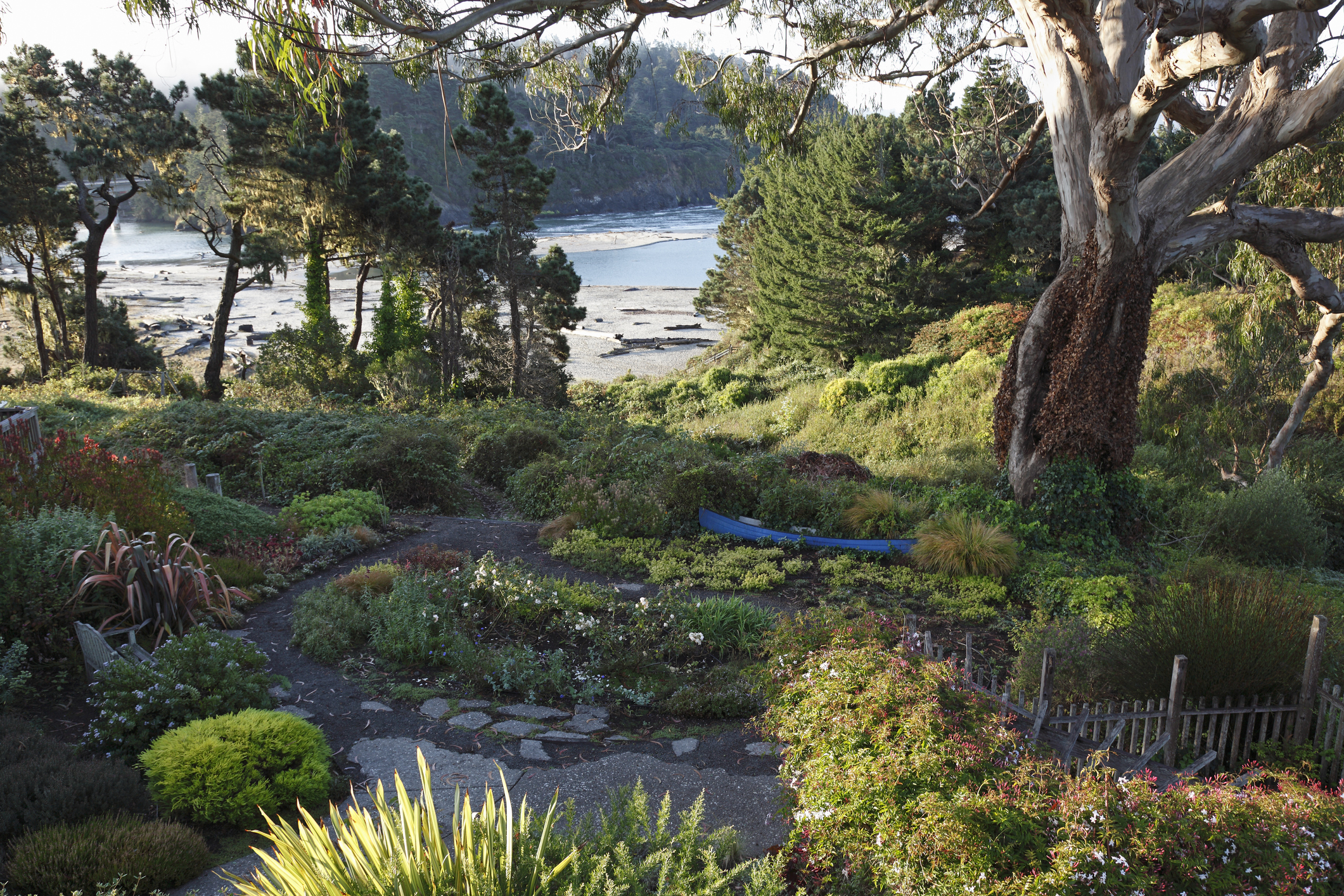
Designing a low maintenance garden tailored to specific climates involves careful consideration of plant selection to ensure optimal resilience and minimal upkeep.
In temperate climates, where moderate rainfall and seasonal variations prevail, prioritizing native species and hardy perennials can offer enduring beauty with little intervention.
Conversely, in arid climates characterized by scorching temperatures and limited water availability, drought-tolerant succulents, resilient native flora, and Mediterranean plants thrive, requiring minimal irrigation and maintenance.
Meanwhile, in cooler climates marked by frosty winters and shorter growing seasons, cold-hardy evergreens, ornamental grasses, and sturdy perennials can withstand harsh conditions with minimal fuss.
By understanding the unique environmental nuances of each climate, gardeners can curate landscapes that effortlessly blend aesthetic appeal with practicality, fostering a harmonious balance between nature and nurture.
ENROLL IN ONLINE COURSES FOR LANDSCAPE
What Are the Best Areas for a Low Maintenance Garden?
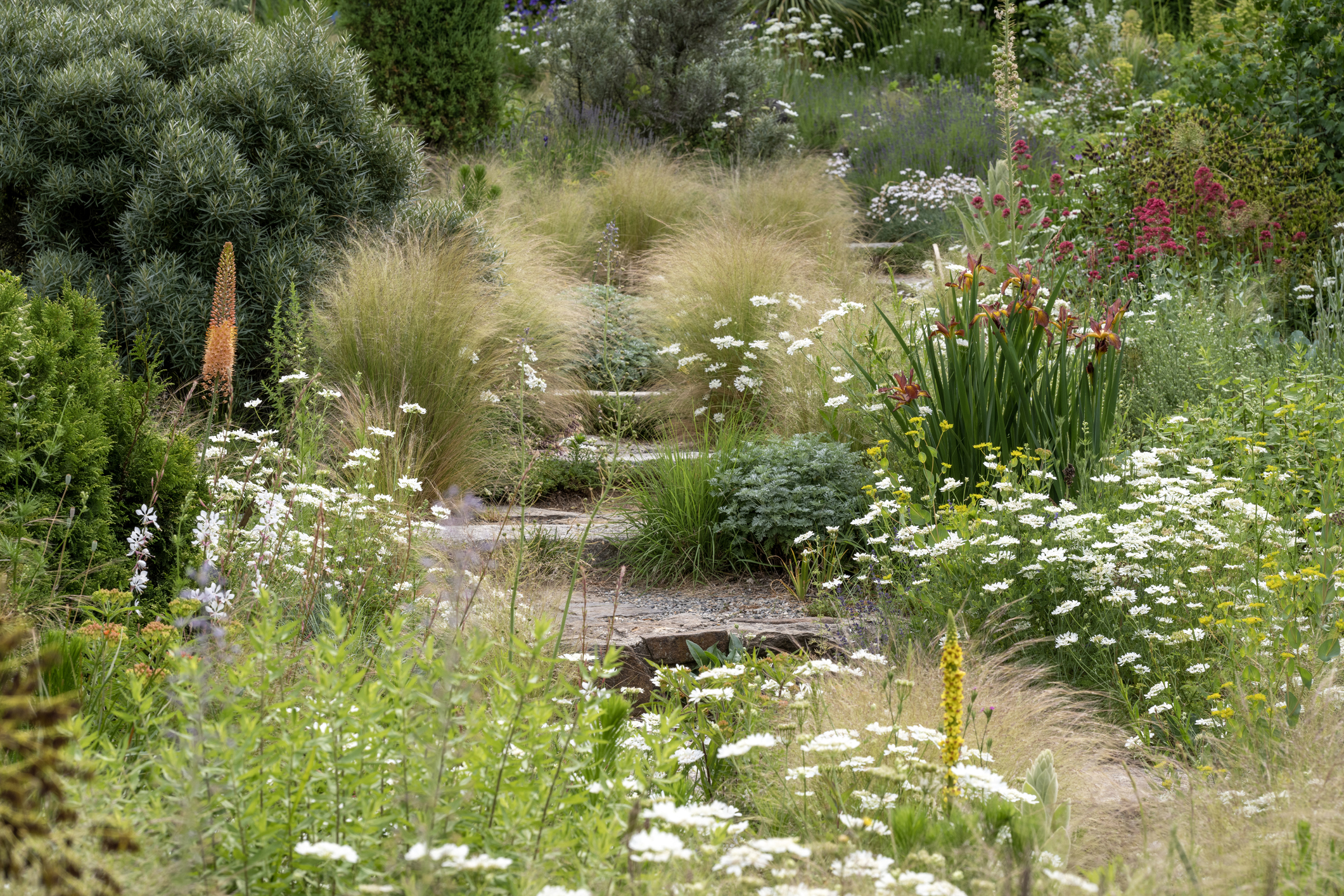
Embarking on the journey to establish a low-maintenance landscape requires thoughtful planning and strategic decision-making.
Whether you’re a novice gardener or a seasoned enthusiast seeking to reduce the time and effort spent on upkeep, the process begins with careful consideration of various elements such as plant selection, hardscape features, and sustainable design principles.
By adopting a holistic approach that incorporates smart design choices, efficient irrigation methods, and the integration of native or adaptive plant species, individuals can create outdoor spaces that not only thrive with minimal intervention but also offer beauty and functionality for years to come.
By strategically selecting suitable plants, employing efficient watering systems, and embracing innovative gardening techniques, individuals can transform any outdoor space into a verdant oasis that demands little time and effort to maintain.
- For front yards – A low maintenance landscape can still have an impact and look beautiful, even if you don’t like gardening or have no time to tend to your outdoor space. Even if your space is small, consider switching natural grass to artificial turf, which doesn’t require watering, regular trimming or mowing. This is a good idea if you have young children who will play on the lawn often, or if your yard is shaded in parts where you wouldn’t get enough sun for traditional green grass.
- For backyards – There are plenty of garden ideas to help you create a low maintenance backyard. If you have a lawn, replace it with a small meadow or choose easy-care shrubs and perennials instead. If you love the look of a well-manicured English or French garden but don’t have the time for regular trimming, opt for a more naturalistic style. Creating a wildflower meadow around seating areas is an attractive and less work-intensive alternative.
- For side yards – The side yard is a great place to experiment with low maintenance landscaping ideas. For example, you can plant a ground cover or a low-growing shrub to soften walkway edges in smaller spaces. You can also use a vertical planter to fill with greenery along a fence or wall. And you can add an accent to the garden with a water feature, from a fountain to something as simple as a birdbath.
What are Low Maintenance Landscape Options?
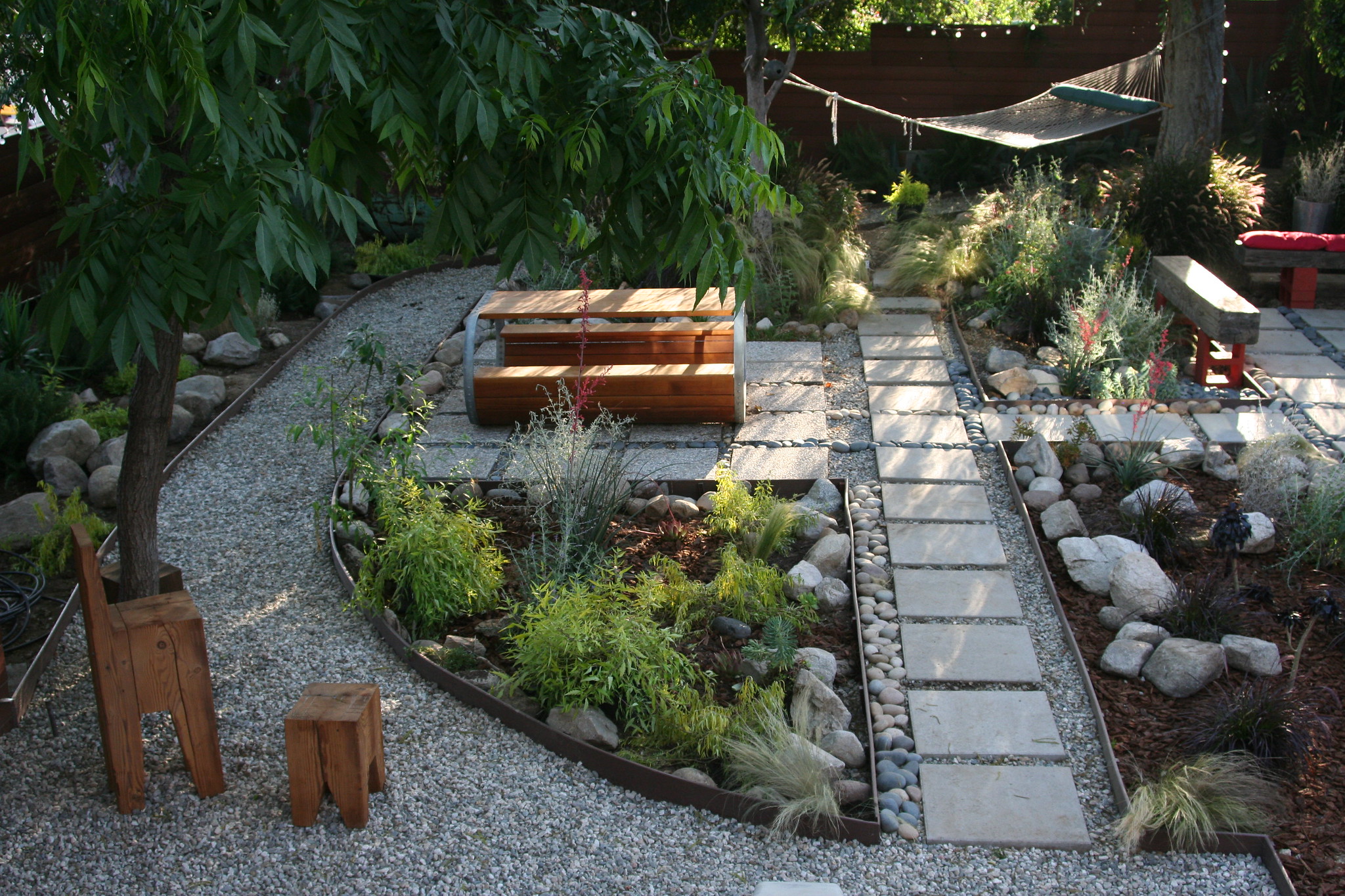
When just starting to plan for a low maintenance garden, you may feel overwhelmed and your options may seem limitless.
Embracing principles of ecological stewardship, gardeners can cultivate landscapes that not only require less time and resources to maintain but also contribute positively to the surrounding ecosystem.
When planning for a no maintenance garden, opting for native plants, natural stone, or other materials from the local environment are the best places to start.
Additionally, look at 4 key options below that have an eco-conscious approach to low maintenance gardening.
1. Gravel
For some homeowners, mowing the lawn is a weekend ritual that they look forward to, but others see it as another chore on the to-do list. To reduce the number of yard and garden tasks, replacing grass with gravel is a smart solution. Gravel is a cheap and practical landscaping option, especially when used with drought-resistant plants that thrive in low light and poor soil. It also helps to soften the look of a contemporary design, with its contrast of rough and smooth textures.
Creating a gravel garden is as simple as removing the existing grass and weeds, tamping down the ground then spreading a layer of gravel over the area. It’s a good idea to lay down a weed barrier to keep the area free from weeds once the gravel is in place.
2. Native Plantings
Native plants are adapted to your area’s climate, soil conditions, and weather patterns. As a result, they tend to be low maintenance in terms of watering and fertilizer requirements. Additionally, they help maintain the biodiversity of your local ecosystem by attracting native wildlife and pollinators.
When designing a low maintenance landscape, be sure to consider your space’s sun exposure and drainage. It is important to ensure that the soil has good moisture and doesn’t dry out in the summer. In addition, look at neighboring native natural vegetation and see how your planting will influence them or be influenced by nearby invasive plant species. You can also design a native plant garden to harmonize with adjacent natural areas. Creating a natural flow to your landscaping will make it more appealing and easier to manage.
3. Perennials
Using perennial flowers and shrubs to create color and texture in the garden is a good way to keep maintenance low. Grouping plants together by their growing needs will help ensure that you are planting varieties that can thrive in the same conditions and require similar care.
Another factor to consider when choosing perennials is how much winter cold your yard usually experiences. The USDA hardiness zone map is a helpful tool in this regard because perennials rated for warmer climates may not tolerate the winter temperatures where you live.
4. Turf
If you’re ready to get rid of the mowing, watering, weeding and fertilizing routine altogether, consider replacing your yard’s natural grass with a meadow-type landscape for large areas, or turf for small yards.
In meadow-like landscapes, ornamental grasses are a predominant species. Grass plants provide year-round interest in the landscape while adding texture and form to a design. Ornamental grasses are a great option as these plants create year-round interest and if a weed or two grows within the meadow, it will only add more appeal to the garden.
